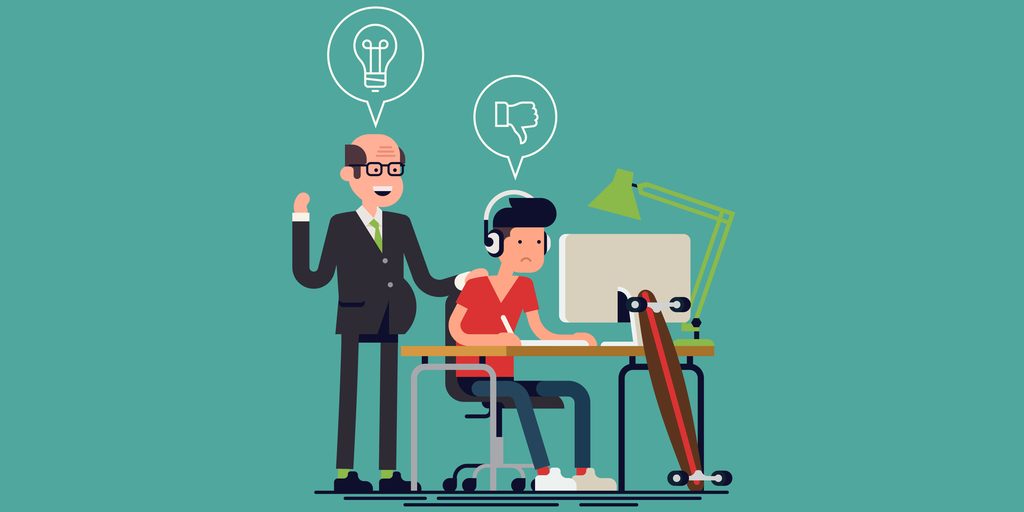09 Mar Why Revisions Are a Necessary Part of the Design Process
The design process involves strategic thinking to solve problems visually. Subsequently, the process has several stages.
Design revision constitutes a change or variation to a design that was presented initially or an in-progress design/concept. These revisions are usually less than a quarter of the design. A revision is meant to be a slight modification or course correction to progress towards the final design.
The key word for this is: process. It’s a creative collaboration between the designer and the client. To get from an idea to a piece of impactful art will rarely occur in one attempt. If you look at any of the great thinkers or inventors of history, all of them had to revise their ideas several times to get to the final, revolutionary product.
There are a few steps to follow in the design process to ensure that the client is satisfied with their final design:
Planning
Planning is the first stage. Its purpose is to ensure that all the project participants have a complete understanding of the project’s aim. It involves the collection of material required to understand the client, their company, needs, and objectives. The designer teams up with the client to discover everything, ranging from a wide concept to the important minor details that will help to create the perfect design. This stage requires the most information such as ideas, brand colour, images, and timelines in order to complete the project.
For instance, with BWD Advertising the designers will do internal and external designs. It is important that the client and designer engage directly and a project brief is filled out to iron out questions like target markets, project scope, expectations, and timelines.
Design
The purpose of the design stage is to complete the creative process based on the information and ideas gathered during the planning stage. This stage is both conceptual and creative for the creative team and provides a starting point for the look and feel of the project. The best options from the design stage are supplied to the client for review and the opportunity for changes and revisions, or project approval – are provided. Internal review processes between members of the creative team will assist to narrow down the options before it is presented to the client. Once the first draft of the design has been completed, it will be sent to the client for feedback.
Revision
Every request, no matter how small, is compared to the creative brief. Revision starts a change or difference to an originally presented—or design concept and is typically a change of a little bit of the design. There are agencies, designers, and creatives that are going to help you, as the client. A revision is simply meant to be a slight change or course correction to progress toward the final design. The purpose of the revision stage is to provide you with the opportunity to carefully review the design and provide us with any changes that you require so that an agency can tweak your design to perfection. A company profile should always be provided where available, the better the design they create, the fewer revisions there are between stages. And if the presented concept cannot be altered to combine the client’s requests and remain true to the creative brief, a redesign would be necessary.
Finalisation
The purpose of the finalisation stage is to complete any needed changes and receive the final approval from the client. In this stage, the designer will use the feedback provided from the revision stage to complete any changes that are required. This stage will produce the final draft of the design. Once the final draft has been created that combine all the feedback and requested changes during the revision stage, the design will be returned to the client for final approval.
Delivery
Once the final approval of the design is received, the designer will provide the client with the final design. This stage takes place between the account manager and the client.
It is important for a client and business owner to look for a partner in design. Understanding the design process is often limited to the activities outlined in the design stage. There are agencies, designers, and creatives that are more than willing to help clients track the progress of their project. This should be done in a way that offers the client a holistic understanding of what goes into the designer’s activities, thoughts, and perspectives as they are applied to the client’s brand.
Results
Managing client relationships is a delicate matter with many nuances. The process above can help to refine client communications and develop positive relationships that are crucial to business success.
The ultimate goal should be to achieve the best results within the designer’s capabilities. Always ensure that the client is happy and create a piece of work that both parties are proud of.
The rounds of revisions should not feel unnecessary but form part of the framework that helps to achieve a good end result. The right clients will understand that it is a process and will appreciate the designer’s pursuit for perfection once they receive their masterpiece. Feel free to contact BWD for more information, or professional assistance with design.



